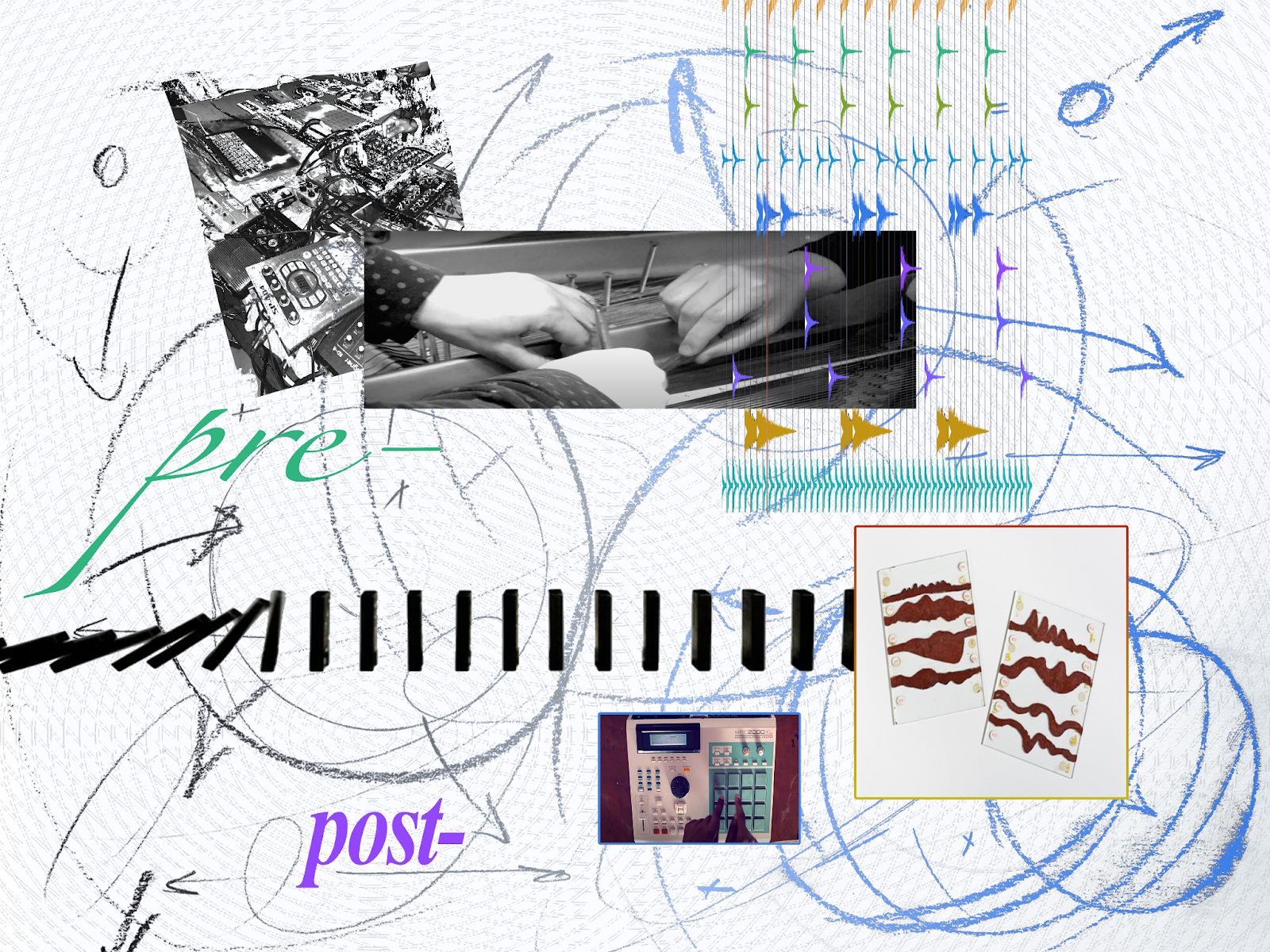Abstract
This paper introduces a novel approach to rhythm-based contemporary music composition. I propose that recent insights into the cognitive limits of rhythm and meter can be translated into a compositional framework that considers not only the structural and abstract properties of rhythm structures, but also their perceptual impact on an audience. This method enables the preservation of a high degree of structural complexity while enhancing its perceptual effectiveness and minimizing notational intricacy. The approach is facilitated by the use of OpenMusic, a computer-assisted composition software, alongside a visual representation of metric modulation networks that I call a rhythm lattice. To illustrate this approach, I present two examples from my recent chamber music works.
Notes on Contributor
Louis-Michel Tougas is a composer, percussionist, and producer based in Montréal, Québec. His doctoral research at McGill University explores the cognition of polyrhythm and the role of timbre as a form-bearing dimension of music perception. He has taught computer-assisted composition and 20th-century compositional techniques at McGill, and holds degrees in composition and analysis from the Conservatoire de musique de Montréal and the Hochschule für Musik Stuttgart. His music has been performed internationally by ensembles including Talea, the Bozzini Quartet, Ascolta, Quasar Saxophone Quartet, Ensemble Éclat, and Quatuor Mémoire.

This work is licensed under a Creative Commons Attribution-NonCommercial-NoDerivatives 4.0 International License.
Copyright (c) 2025 Louis-Michel Tougas

